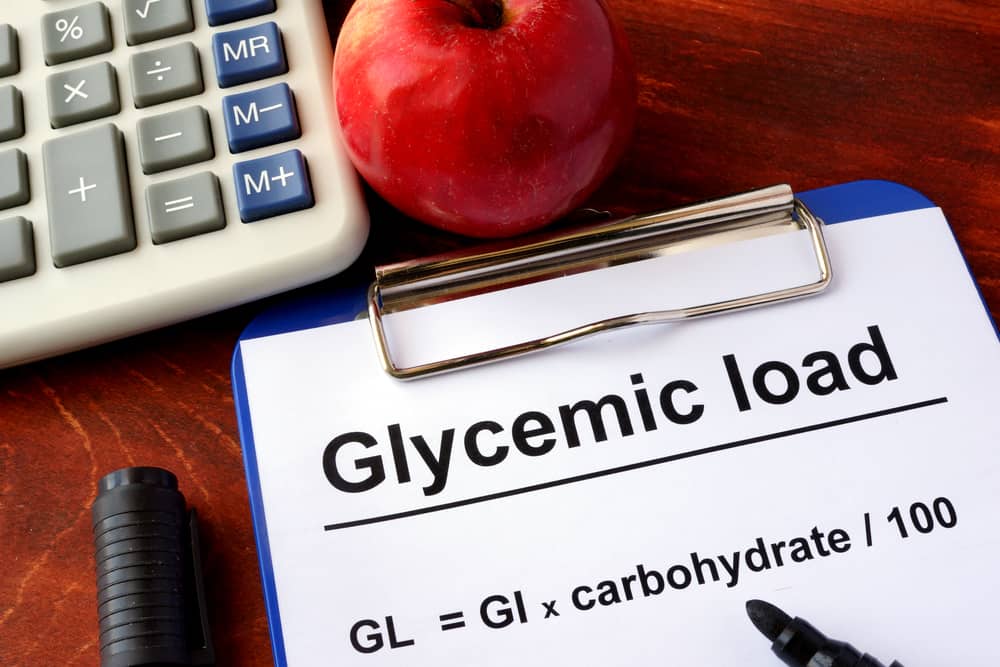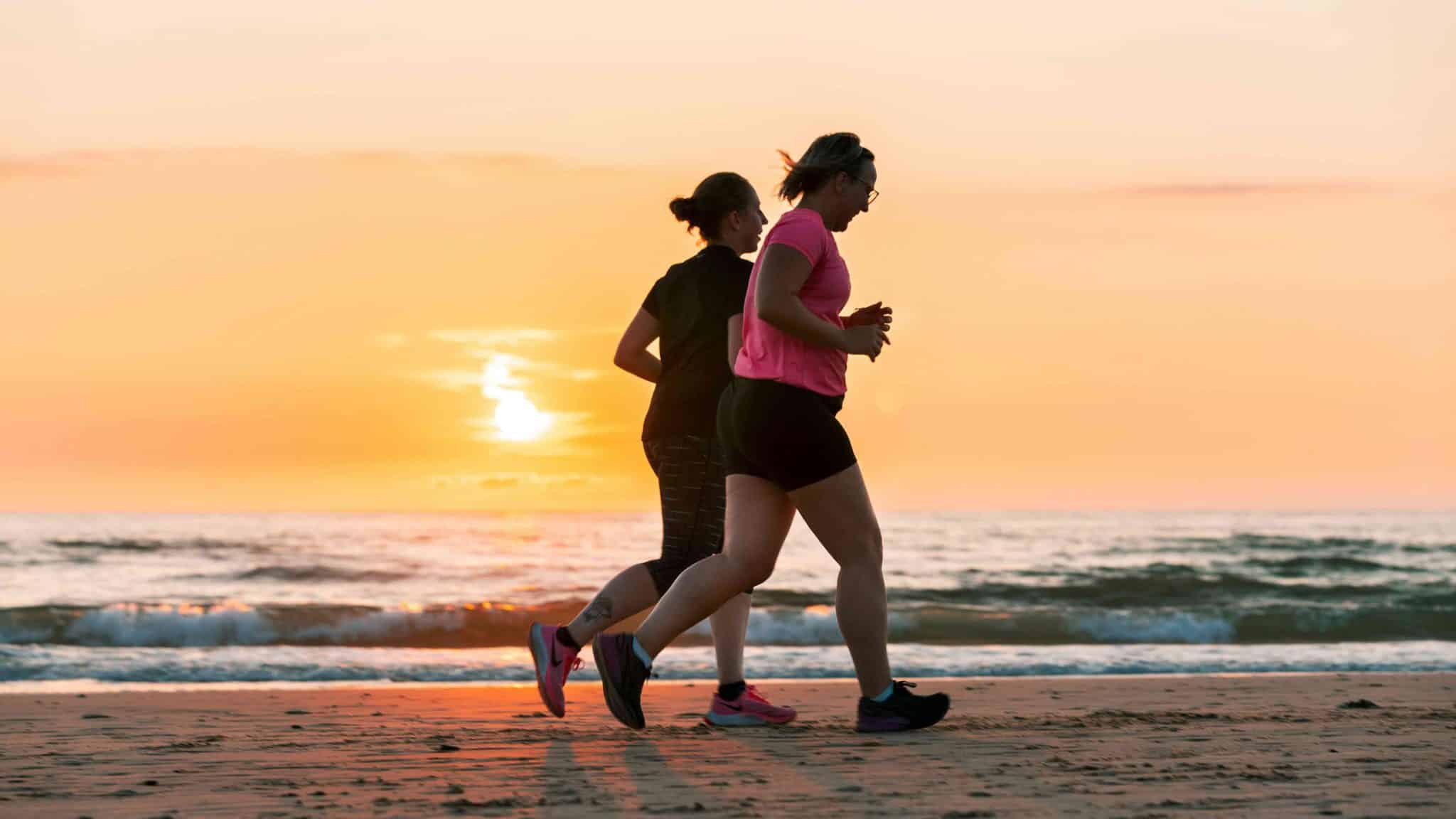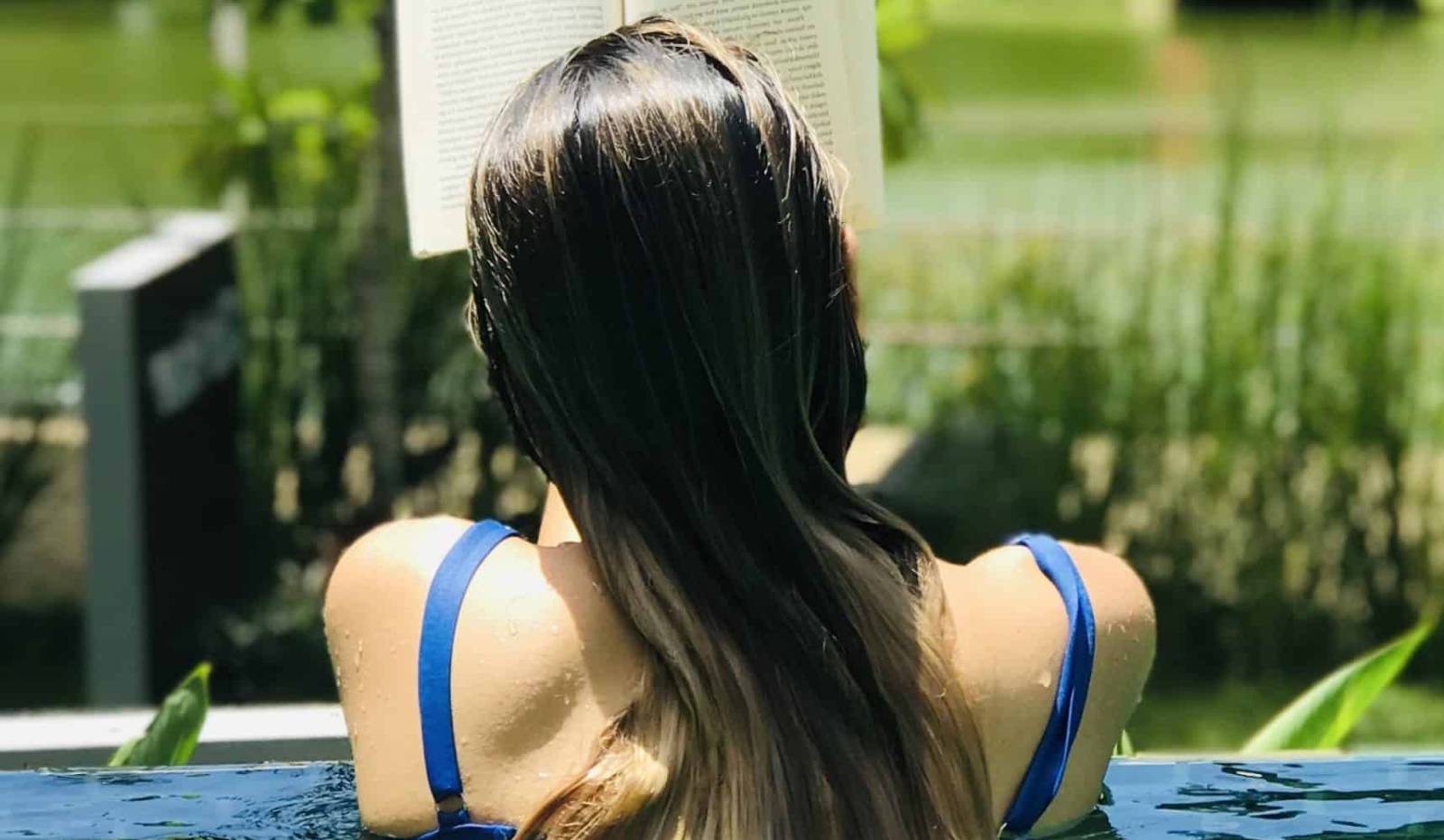Diabetes is one of the biggest epidemics in the world. As a growing health issue, it should not be underrated. But when we talk about diabetes, the type we focused on is often the pandemic one: Type 2 Diabetes.
In this article, we will talk about types of diabetes, facts about glucose, and the keys to reverse type 2 diabetes.
What Does Sugar Reducing Hormone Do in the Body
Blood sugar regulation happens through a hormone that reduces sugar. The sugar-lowering hormone is the gatekeeper on the body. It is necessary to open the door that lets glucose flow into a cell. The reason cells need glucose is to make faster energy through it.
A cell only needs a certain amount of glucose. If it gets too much of it, it becomes a poison, like too much oxygen! For example, we inhale 21% oxygen through the air and exhale %16 of it. However, if you put a mask with 100% oxygen on, within a month or two, you will have emphysema and not be able to breathe. Everything in the body, including glucose, may cause a problem if it is too much or too little.
Type 1 and Type 2 Diabetes: Two Different Conditions
On type 1 diabetes, the pancreas fails to make sugar reducing hormones. It usually happens to people early in life, like childhood or early adolescence. People with type 1 diabetes lose the ability to produce the hormone to reduce sugar and cannot control their glucose. When this happens, it causes many complications in the body. To prevent this from happening, they take the sugar reducing hormone as shots.
On type 2 diabetes, the pancreas can produce the hormone to reduce sugar. However, cells are resistant to this hormone. Even this hormone successfully binds to the cell, it cannot open the door and take the glucose in. This may sound like a ‘problem,’ but actually, it is a way of resistance and defense the body develop to save itself when too much glucose goes into the body.

The Glycemic Load Versus the Glycemic Index
Foods such as pasta, rice, bread, potato, sweets, and etc. are the primary sources of glucose. When we eat all this food, they turn into glucose. If you wonder about how high your blood sugar goes after eating certain foods, you need to know about the glycemic index. The glycemic index is about how carbohydrate in foods affects blood glucose levels. When you eat a piece of chocolate, the glucose will go up and down. So, for a short time, it disturbs your body’s chemistry. That’s why eating low-glycemic foods is essential for health.
The glycemic load is about how long the glucose elevates and stays high. When glucose stays longer on a high point, it disturbs the body for a longer time. That’s why the glycemic load is more important than the glycemic index. Even though glucose doesn’t go at the peak point, it remains high for an extended period. This means the body has to continually secrete more and more sugar, reducing hormones. This hormone not only lets the glucose into the cell, but it also takes the sugar and turns it into fat. We have to keep that in mind; eating fat does not make fat in the body, but glucose does.

Avoid Being Diabetic with Simple Steps
Type 2 diabetes is actually an eating disorder. So, it is possible to reverse and eliminate type 2 diabetes. The first thing you need to do is to stop eating food which is high in sugar and carb and start eating organic and fresh vegetables, fruits, nuts, and seeds. Then, you need to make sure that you put a long period between meals. You should have 18 hours between the last meal of yesterday and the first meal of today. These 18 hours will let your body take care of all the excess glucose, and your sugar reducing hormone levels will come down. Low sugar reducing hormone levels is essential to enhance your health. If you eat 3 – 4 meals a day, then your glucose will always go up and down, and your body does not have time to rest and process all the food you consume.
We know that not everybody likes to eat 100% raw food, except rabbits! So, eat within a 70% raw – 30% cooked balance. But the biggest secret is, make sure that the last meal and the first meal are separated by 18 hours, save time for your body to process the food you eat, and regulate the glucose in the blood.
The Bottom Line
If you have type 2 diabetes, you may consider doing a minimum of 2 weeks cleanse, especially one that you only drink water or only raw, fruit, and vegetable juices. After the cleanse, continue with a healthy diet with nutrient-dense, uncooked food that doesn’t have too much glucose, but every other nutrient in balance.
You can check our programs that are designed to help manage and reverse diabetes by fixing the root causes of them instead of just addressing the symptoms. Our programs also focus on restoring health and balance to those who are already suffering from Type 2 Diabetes and allowing them to lead productive and healthy lives.
You can check The LifeCo Diabetes Recovery Program.







